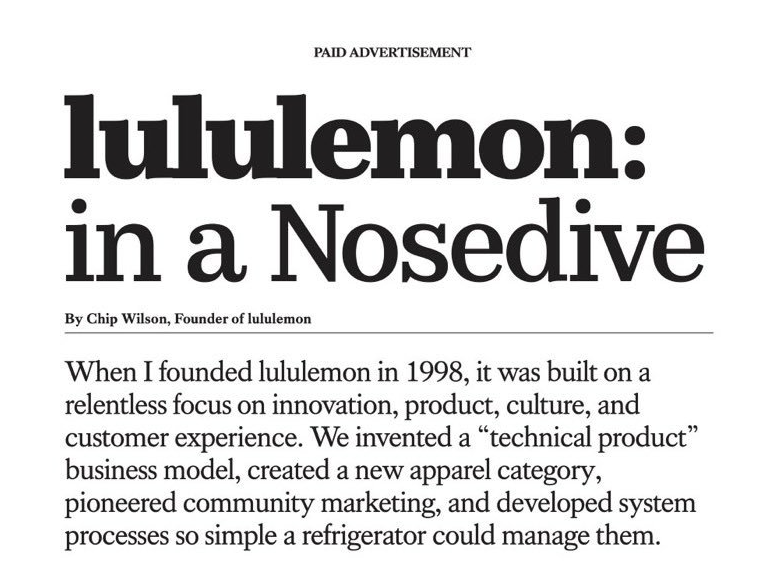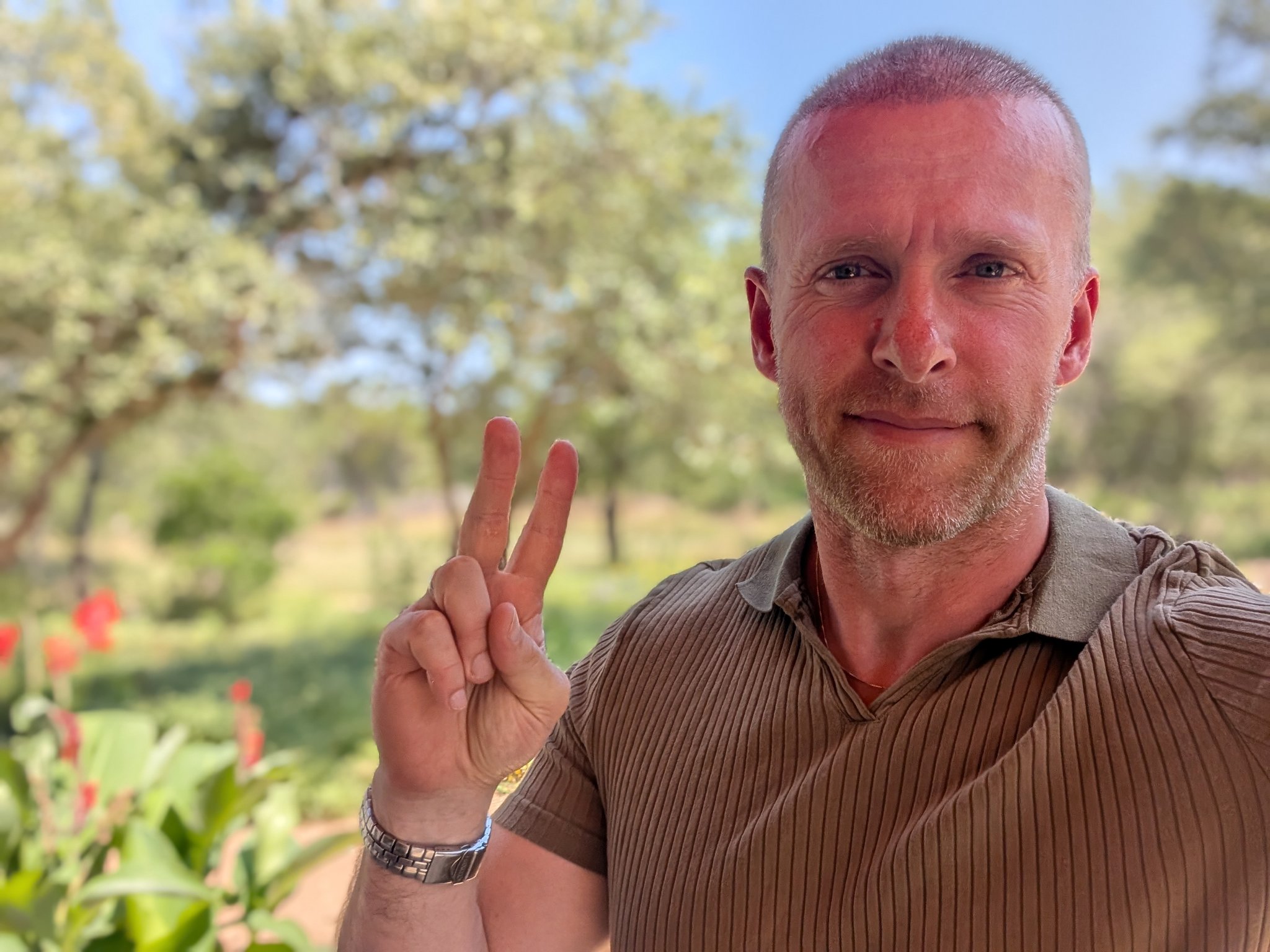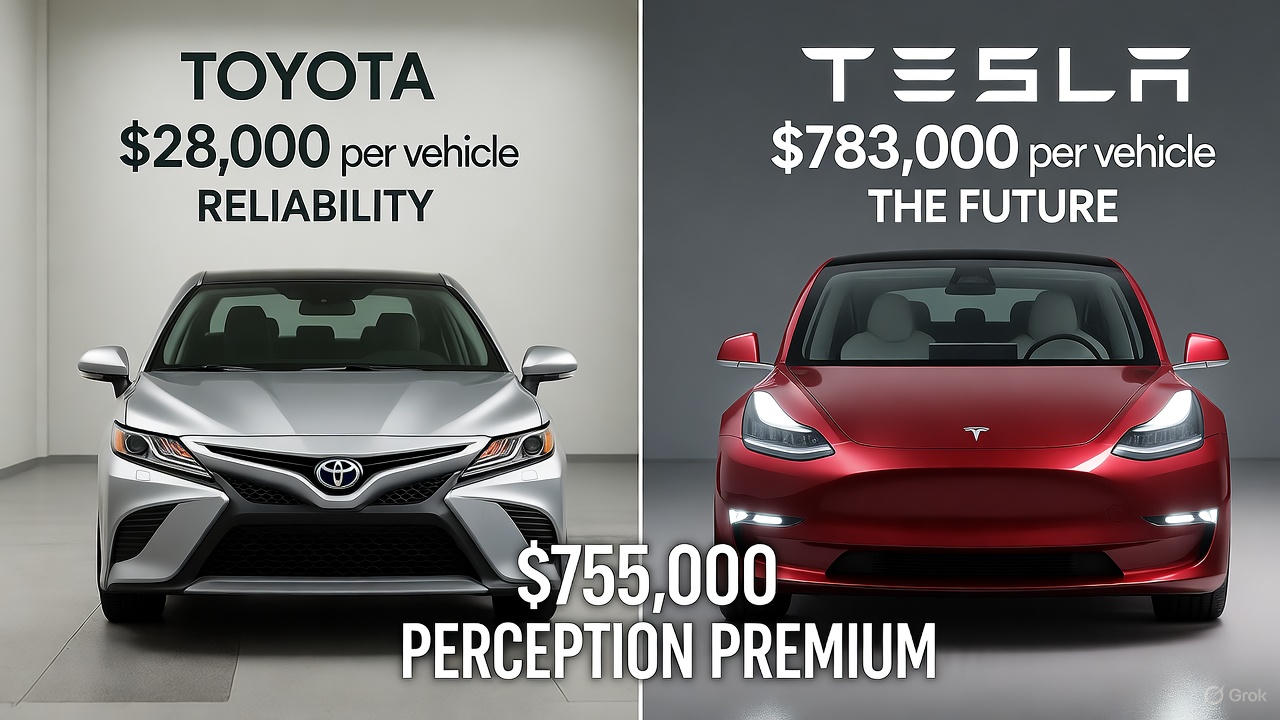Category: Your Business is Your Brand
-

37signals: The Company That Owns Control (And Doesn’t Know It)
A Note Before We Begin: I’ve been following Jason Fried and David Heinemeier Hansson’s work for years. Their books changed how I think about business. Their writing is consistently sharp, honest, and useful. I watch Jason’s posts on X not because I’m looking for flaws, but because I’m fascinated by what makes certain businesses connect…
-

When 95% Self-Awareness Meets 53% Stock Decline: The Chip Wilson Identity Crisis (Autopsy)
The Delusion Everyone Shares Tasha Eurich’s research team discovered something unsettling: 95% of people believe they’re self-aware. Only 10-15% actually are. This isn’t about people being stupid. It’s about the gap between what we think we know about ourselves and what’s actually true. Most of us walk around convinced we understand who we are, what…
-

How Wynter Owns Clearance (And Why They Don’t Know It)
A Note Before We Begin: I’ve been watching Peep Laja’s work for a while now. The rigour he brings to marketing, the anti-BS stance, and the way Wynter has grown are impressive. His LinkedIn content consistently challenges lazy thinking, and I respect that deeply. This piece isn’t a critique. It’s an attempt to read Wynter’s…
-

How Exit Five Accidentally Built the Institution B2B Marketing Never Had
A note before we dive in: I’ve been following Dave Gerhardt’s work for a while now. His LinkedIn content is excellent, and what he’s built with Exit Five is impressive. This analysis stems from genuine curiosity about why certain businesses connect to identity in ways that transcend their stated purpose. I’ve done my best to…
-

Why is Tesla worth more than Toyota?
Market sentiment is the story your numbers are forced to play in. It’s not just your revenue, profit margin, or operational efficiency. It’s the collective emotion investors attach to what you represent. That emotion becomes the lens through which every metric gets interpreted. Here’s the proof. The 30:1 Paradox As of October 2025, two companies…
-

Hampton: How Owning Kinship Built an $8M Business That Members Would Take Loans to Keep
A note before we begin: I’ve been following Sam Parr’s work for years and genuinely admire what he has built. His podcast conversations are among the most candid in the startup world. This piece stems from fascination, not criticism. I love exploring what drives businesses to connect with identity rather than solve problems. I’ve tried to…
-

Positioning a Pricing Tool: From Description to Ownership
Let’s say you built a pricing optimization tool for B2B SaaS companies. Here’s where everyone gets stuck: “We help SaaS companies optimize their pricing through AI-powered analysis and willingness-to-pay research.” Clear. Functional. Completely forgettable. You’re competing with a dozen other tools saying essentially the same thing. So you try to differentiate on features: “But we…
-

When Jesus Tried to Explain ‘Salvation’ to His Disciples
Jesus sat on the mount, exhausted. Not from the sermon. From the meeting afterward. “Master,” Peter said, pulling out a scroll. “We’ve been working on the messaging framework for your teachings. Want to see the value proposition?” Jesus closed his eyes. “Peter. We’ve talked about this.” “Right, right. I know. But look, we’ve got the…
-

LinkedIn’s Positioning Advice Is Creating the Problem It Claims to Solve
Before diving in, I respect both Anthony and Viktar. They’re helping companies clarify their messaging, and that matters. However, a fundamental confusion is occurring that needs to be addressed. This isn’t about calling anyone out. It’s about clarifying what positioning actually means versus what most people think it means. Also, the Emperor’s image source. Let’s…
-

TD’s Investor Day Autopsy: Great Plumbing, Weak Architecture
“I’m excited we’re getting back to winning.” — Raymund Chun With that declaration, TD’s leadership kicked off an Investor Day (September 29, 2025) designed to signal a reset and a return to form. It was a masterclass in financial communications. The team framed a necessary overhaul around three universally agreed-upon promises: simpler, faster, and more…
-

Autopsy: Kyle Poyar’s Fyxer Growth Analysis
Why This Analysis Exists Kyle Poyar is doing great work. His newsletter, Growth Unhinged, consistently delivers sharp insights on go-to-market strategy, pricing, and growth mechanics. His decision to go all-in on the newsletter is admirable. It takes conviction to bet on your own platform and point of view. This analysis isn’t a critique of Kyle.…
-

What Kal-El and Simba Know About Identity That Most Businesses Don’t
Both have power. Kal-El can fly, bend steel, and see through walls. Simba is a lion. Born to rule Pride Rock. But power means nothing when you don’t know who you are. Their stories tap into something universal: the human battle for identity. Psychologist Erik Erikson referred to this as “Identity vs. Role Confusion,” a…
